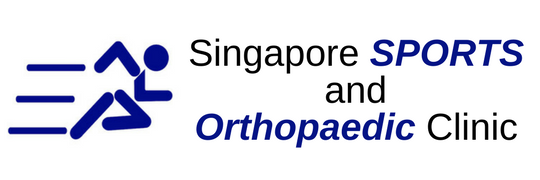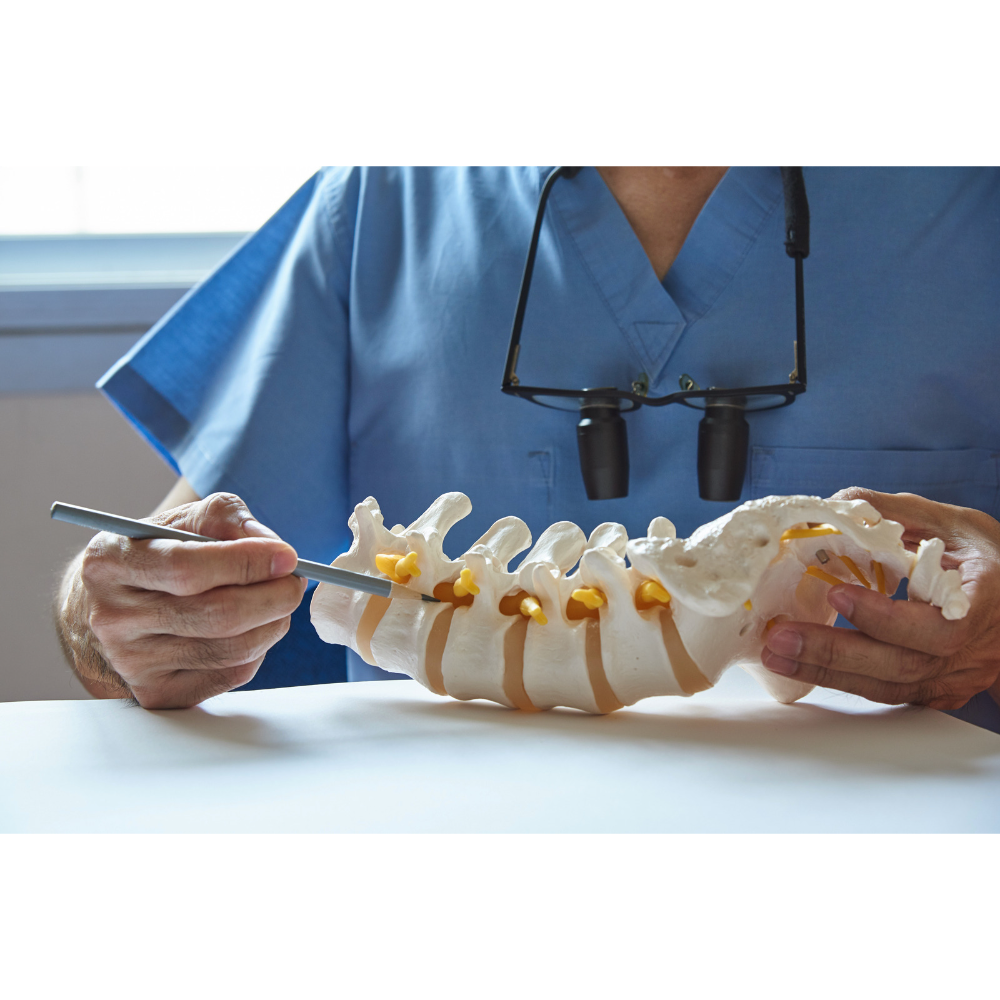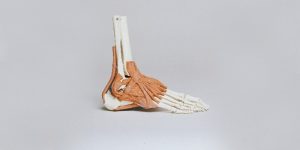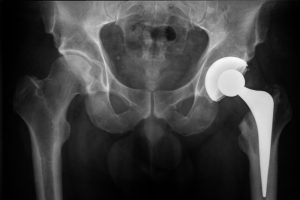A spinal fracture refers to a break or damage to the spine’s vertebral bones. Fractures can occur in any part of the spine, but lumbar and thoracic fractures are the most common. These types of fractures can result from high-impact sports injuries, car accidents, or falls from a height.
Lumbar Spine Fracture Symptoms:
- Severe and Constant Pain: A sudden onset of severe and constant back pain is the most common symptom of a lumbar spine fracture. The pain may be localized to the lower back but can also radiate to the hips and legs. The pain may worsen with movement, such as walking or standing, and may improve when lying down.
- Numbness and Tingling: Fractures that compress or damage the spinal cord or nerves can cause numbness, tingling, or burning sensations in the legs, feet, or toes. This is due to interrupting the nerve signals from the lower body to the brain.
- Weakness: Lumbar spine fractures can also cause muscle weakness in the legs, affecting the ability to walk, stand, or lift objects. This is due to the compression of the nerves that control the muscles in the lower body.
- Loss of Sensation: In severe cases, a lumbar spine fracture can result in a loss of sensation or feeling in the legs, making it challenging to control bladder or bowel function.
- Changes in Reflexes: Fractures that damage the spinal cord can also cause changes in reflexes, such as a decreased or absent knee-jerk reflex.
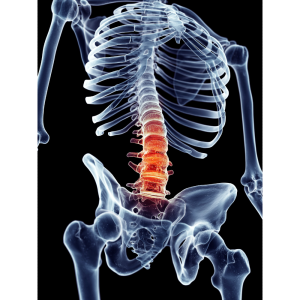
Thoracic Spine Fracture Symptoms:
- Upper and Middle Back Pain: Thoracic spine fractures can cause pain in the upper and middle back, which may be localized or radiate to the chest, abdomen, or legs. The pain may worsen with movement, such as bending or twisting, and may be accompanied by muscle spasms or stiffness.
- Numbness and Tingling: Fractures that damage the spinal cord or nerves can cause numbness, tingling, or weakness in the chest, abdomen, or legs. This is due to interrupting the nerve signals from the upper body to the brain.
- Difficulty Breathing: A thoracic spine fracture can cause difficulty breathing due to pressure on the chest or lung damage. This can cause shortness of breath, coughing, or wheezing.
- Deformity: A fractured vertebra can cause a visible deformity, such as a hump or rounded back, due to the collapse of the spine.
- Changes in Reflexes: Fractures that damage the spinal cord can also cause changes in reflexes, such as an increased or absent abdominal reflex.
Lumbar and thoracic spine fractures can cause various symptoms, including severe pain, numbness and tingling, weakness, loss of sensation, changes in reflexes, and difficulty breathing. If you experience any of these symptoms, seek immediate medical attention to prevent further damage to the spine. Treatment options may include immobilization with a brace or cast, pain management, physical therapy, or surgery in severe cases.
If you are experiencing any lumbar or thoracic spine fracture symptoms, it’s important to seek immediate medical attention from a qualified orthopaedic specialist. Singapore Sports and Orthopaedic Clinic is a leading orthopaedic clinic in Singapore, offering a comprehensive range of services for diagnosing and treating spine injuries and conditions.
Our team of experienced orthopaedic specialists, including spine surgeons, physiotherapists, and pain management specialists, are dedicated to providing personalized care to help you recover from your injury and return to your daily activities as soon as possible.
Read our Treatment of Lumbar and Thoracic Spine Fracture for more information
To schedule a consultation or learn more about our services, contact us at +65 3135 1336. Don’t let back pain hold you back – contact us today to get the care you need.

